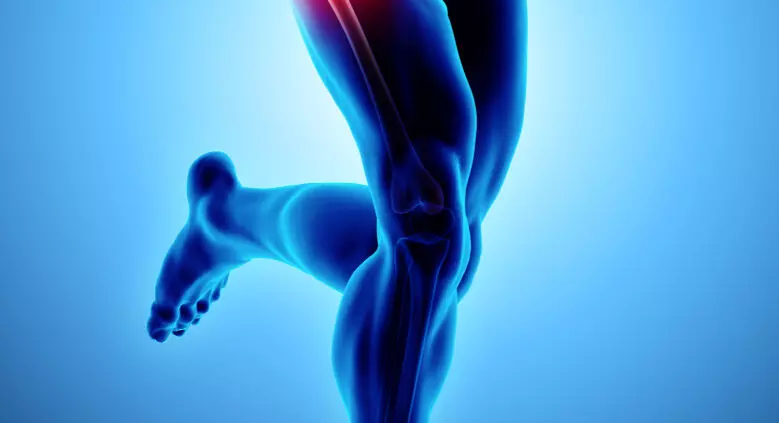Ultrasound Emerges as Reliable Alternative to MRI for Assessing Hip Joint Capsule Thickness, claims study

The hip joint capsule plays a crucial role in hip function and stability, with its thickness being a significant factor in various medical conditions, surgical outcomes, and rehabilitation strategies. While magnetic resonance imaging (MRI) has been the primary tool for measuring hip joint capsule thickness, a recent study explores the viability of ultrasound as an alternative method. This study was published in BMC Musculoskeletal Disorders by Gao G. and colleagues.
This research aims to evaluate the consistency between ultrasound and MRI measurements, shedding light on the potential clinical utility of ultrasound in assessing hip joint capsule thickness. A retrospective analysis included 307 patients who underwent both hip joint MRI and ultrasound imaging within a three-month timeframe. The study examined the consistency of measurements between the two methods and explored correlations between hip joint capsule thickness and other hip parameters, such as the alpha angle, lateral center-edge angle, acetabular anteversion angle, and femoral anteversion angle.
Key Findings:
-
Consistency of Measurements: Both MRI and ultrasound measurements of hip joint capsule thickness showed good agreement, with respective averages of 5.0 ± 1.2 mm and 5.0 ± 1.5 mm. Bland-Altman analysis revealed strong consistency (p-value = 0.708).
-
Statistical Comparison: The paired t-test indicated no significant statistical difference between ultrasound and MRI measurements, affirming the reliability of ultrasound in assessing hip joint capsule thickness.
-
Correlation with Acetabular Anteversion Angle: A noteworthy correlation was found between acetabular anteversion angle and hip joint capsule thickness measured by ultrasound, suggesting a potential link between these factors.
The study’s findings propose that ultrasound can be a dependable alternative to MRI for measuring hip joint capsule thickness in clinical practice. The strong consistency observed between the two methods emphasizes the potential of incorporating ultrasound as a routine assessment tool. Additionally, the correlation between acetabular anteversion angle and hip joint capsule thickness opens avenues for further research in understanding the intricate relationships within the hip joint.
Reference:
Gao, G., Fang, H., Zhou, K., Mo, Z., Liu, J., Meng, L., Wang, J., & Xu, Y. (2024). Ultrasound had high accuracy in measuring hip joint capsule thickness. BMC Musculoskeletal Disorders,2024;25(1):101. https://doi.org/10.1186/s12891-024-07228-0



